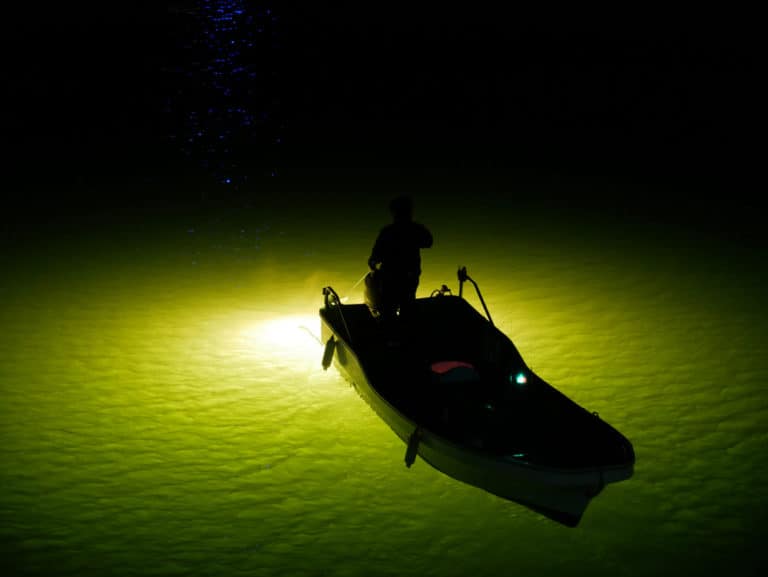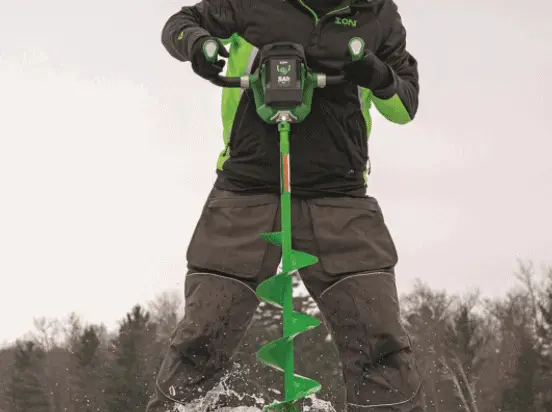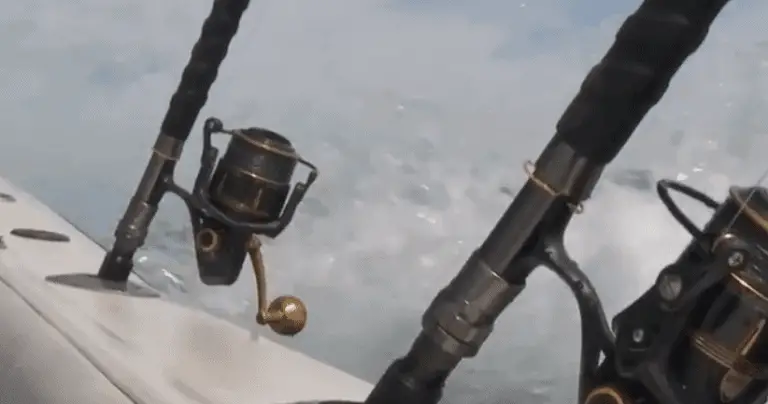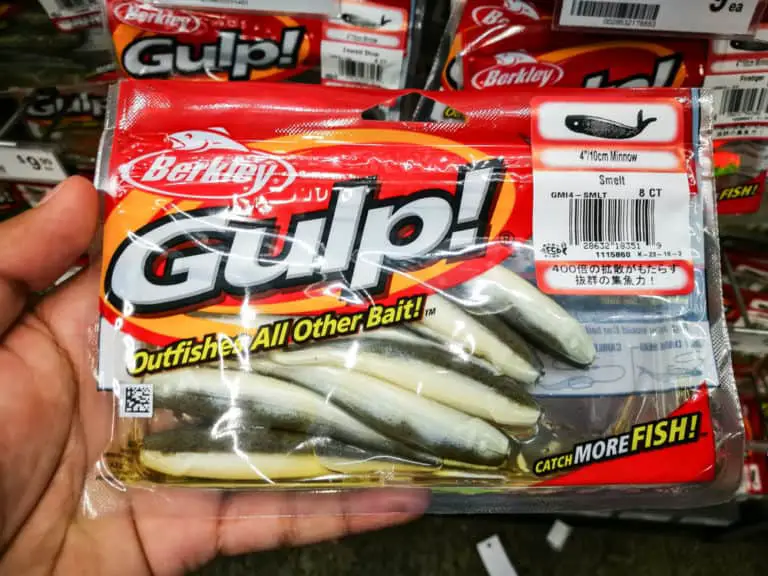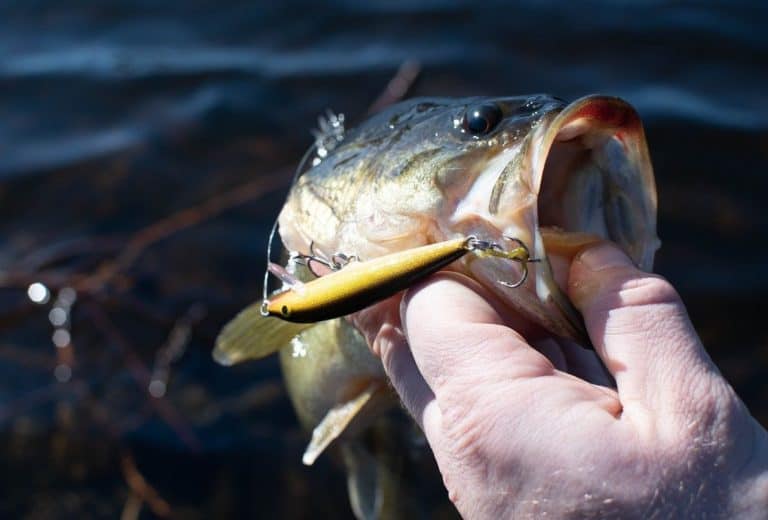Spinning Reel Sizes – All Anglers Should Know This
For anglers new to fishing or for those that have never previously used a spinning reel, or fixed spool reel as it is sometimes referred to, selecting the correct spinning reel sizes can be confusing as there is a multitude of different sizes available to purchase.
The key when selecting a reel is to match it with the rod that is being used so that the tackle is balanced plus it is also important to add the correct breaking strain fishing line.
All spinning reels have a number associated with them and this is what indicates the size of the reel, with spinning reel sizes increasing as the numbers get larger. For example, a reel such as a Penn Slammer 2 1000 is far smaller than a Penn Slammer 3 4500.
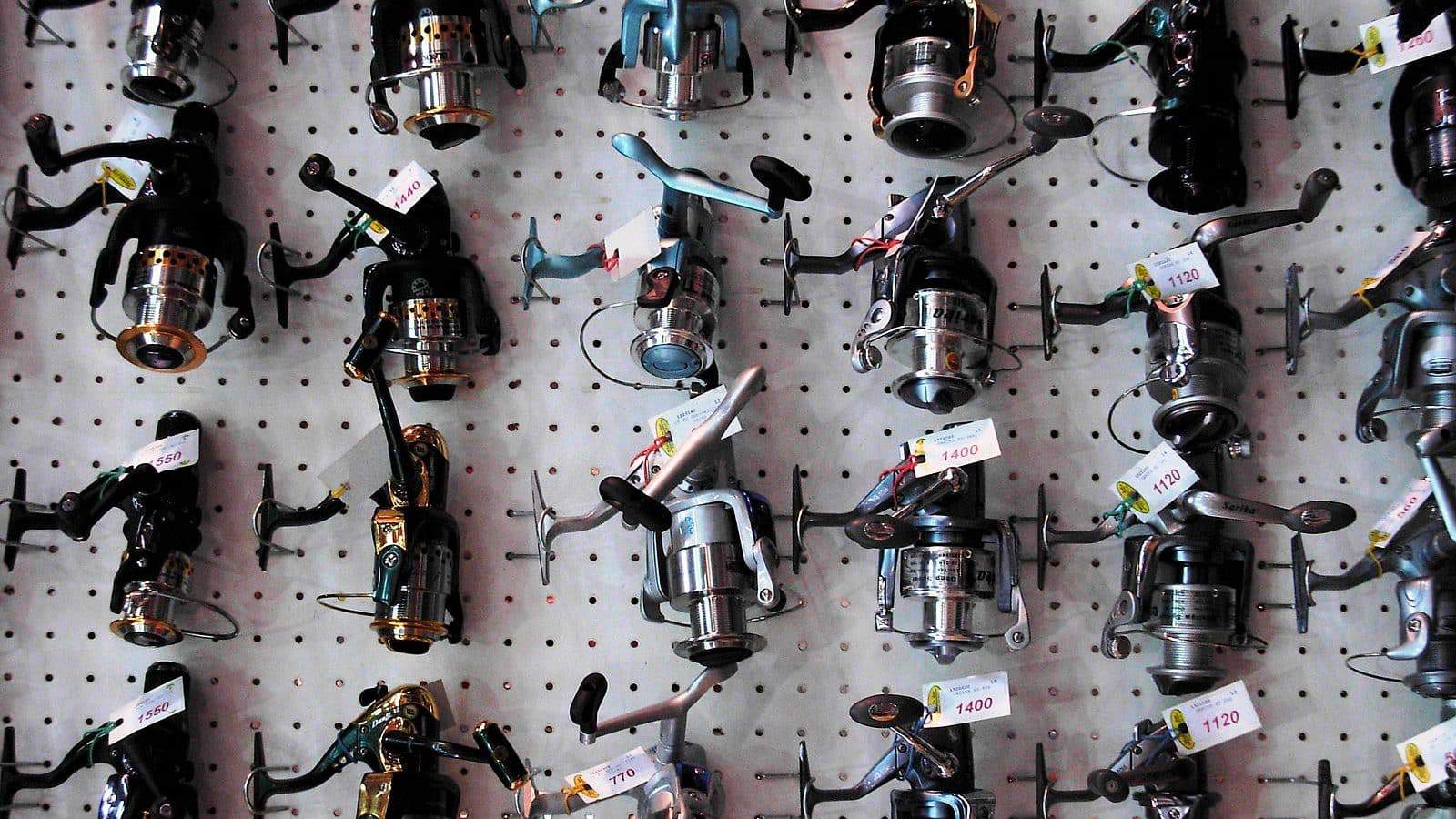
Spinning Reel Sizes at a Glance
| Spinning Reel Size | Example Use |
|---|---|
| 1000 | Small fresh & salt-water species, ultralight rod set-up, light fishing lines. |
| 2000-2500 | Small fish species, light lure and float fishing, heavier tackle can be used with higher breaking strain lines. |
| 3000-3500 | Medium fish species, medium-heavy tackle, can be used for float fishing longer distances. Example species: wrasse, bass, and pollock. |
| 4000-5000 | Larger fish species, like large bass, |
| 6000, 7000 & 8000 | Large freshwater species like big |
| 8000-10000 | For targeting the largest freshwater carp and catfish. And large saltwater species from the beach or a boat. |
| 10000-12000 | For saltwater anglers looking to cast heavy tackle a long distance form the shore. Or for boat anglers who need a large line capacity for deep sea fishing whilst targeting species like cod and ling. |
| 12000+ | Only used for the largest of saltwater species like tuna, marlin, and shark. |
1000 Spinning Reel Size
Although the 1000 size reels are generally the smallest reels on the market, companies such as Hart have manufactured an even smaller reel namely, the Zemtax 800.
These reels are designed for ultra-light fishing with small rods for targeting freshwater species such as perch and small wild trout or for the many mini species that are available to the saltwater angler, for example, goby and blenny.
These reels should also be used with light monofilament lines or low diameter braid.
2000-2500 Spinning Reel Size
The next sizes available are the 2000 and 2500 which, although slightly larger than the 1000 version, are still ideal for light lure fishing or for anglers using float fishing methods on small waters.
These reels will hold more lines as they have a slightly larger spool. The angler can also use slightly higher breaking strain lines which will allow for the use of heavier lures or weights and also methods such as drop shotting can be employed.
3000-3500 Reel Size
The 3000 and 3500 sized reels are a good size of reel to use when ledgering in freshwater with a feeder rod or targeting larger species at a greater distance with float fishing tackle.
Saltwater anglers also quite often opt for these spinning reel sizes when using a lure/surfcasting rod of around 8’ to 9’ in length when targeting species such as wrasse, bass, and pollock.
4000-5000 Spinning Reels
The next sizes up are the 4000 and 5000 and these are ideal for targeting larger species such as pike or when fishing with heavier weights and lures.
Carp anglers also often use a reel in one of these sizes when targeting fish at short range, for example stalking in the margins.
As the reels increase in size, the angler not only has more line capacity on the spool, but the reel will also have more cranking power.
It will also possess a better drag system as the larger the spool, the larger the drag system it can accommodate.
6000, 7000 & 8000
Reels that are sized 6000, 7000, and 8000 are used by freshwater anglers who are targeting large species such as carp and pike or for the saltwater angler who is fishing with big weights and baits from the beach, rocks, or piers.
These reels have a deep spool and can hold a large amount of line enabling the angler to fish at a greater distance.
8000-10,000
The 8000 to 10000 sized reels are used for the largest of freshwater species such as carp and catfish or by the saltwater angler who is targeting large species from a boat or beach.
Carp anglers also use a variety of reels called big pit reels which are also available in these sizes. These reels possess a large spool and are designed to cast to the maximum distance possible.
See our review of the best catfish reels.
10,000-12,000 spinning reel sizes
Any reel that is sized 10000 to 12000 is designed for the shore angler who needs to be able to cast large weights and baits the maximum distance from the beach or rocks, or for boat anglers who need a large amount of line in deep water when targeting large species such as cod and ling.
Freshwater anglers who fish for larger species such as catfish at a distance would also use a reel in one of these sizes.
12,000+
Reels that are greater in size than 12000 are generally used by anglers targeting big game and who need a big reel when either fishing from the beach or boat for large, powerful species.
The largest-sized spinning reel that is made commercially is the Shimano Stella SWB 30,000, which can hold 900 yards of 65lb test braided line. The angler can apply 55lbs of drag pressure which can slow down and land the biggest of game fish such as tuna, marlin, and shark.
Final Words
Choosing the best spinning reel sizes can quickly get confusing. You don’t want to end up with a reel that is far too small, doesn’t hold enough line and is short on cranking power for your target species. Similarly, you don’t want to pick a reel size that is too big, heavy, and cumbersome to use with your tackle and rod.
You want your rod and reel to be balanced to optimize performance and usability. However, there is a bit of wiggle room when it comes to reel sizes. If you need a 2000-3000 reel, but you might end up landing a larger fish, or can see yourself needing a 3500-4000 in the future.
There will be no harm in going slightly larger than you need to ensure you get enough use out of your new purchase.
Related Fishing Posts:

